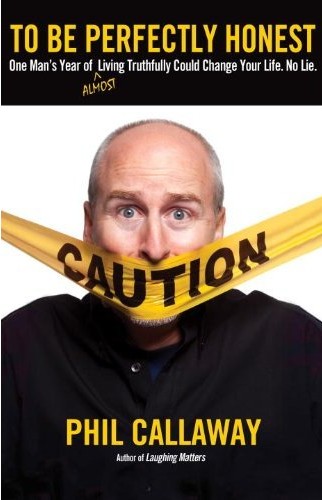Reading Time: 3 minutes
Best part of this book is that it makes you think. No mindless reading allowed!
I’ve put this one off long enough. I finished this book last Thursday (my 5th book in my little 2011 book-a-week challenge), but every time I sat down to write a review, I found myself struggling to put into words what I really felt about it. In fact, anything I do post is going to fail to completely explain everything I’ve thought about since reading it.
The book, Velvet Elvis, by Rob Bell, isn’t new. It was written in 2005, but is one of the many books I have on my shelf that I’ve never read. This challenge gave me a good reason to pull it down and finally read it. I’m not sure if it was the best choice.
If you’ve ever been to a movie and felt like you should walk out, but didn’t, because you thought in the end it might be worth all the bad parts to experience the heart-warming conclusion, then you already know how I feel about this book. There are plenty of times that I pulled out my highlighter and marked sentences that were well-written and thought-provoking, but for the most part, I struggled with the very foundation of the book. Well, maybe the lack of foundation.
Bell starts the book by comparing Christians who allow doctrine to become a brick wall – he calls them “brickians” – with Christians who allow doctrine as become a trampoline. In essence, he writes, one is rigid and one is flexible. But as he played with his kids on a trampoline one day, he started to see the doctrines of our faith as being more like the springs in the trampoline.
The springs are statements and beliefs about our faith that help give words to the depth that we are experiencing in our jumping. I would call these the doctrines of the Christian faith. (p. 22)
For the brickian, each doctrine is a brick that gets placed in the wall and, if removed, would cause the wall to crumble. But if they are springs in the trampoline, they can be taken out and examined – even one or two could be removed – and the trampoline could still be useful. To prove the point, Bell asks what would happen if someone dug up undeniable proof tomorrow that Jesus had a father and wasn’t born of a virgin as we understand it?
What if that spring was seriously questioned? Could a person keep jumping? Could a person still love God? Could you still be a Christian? Is the way of Jesus still the best possible way to live? Or does the whole thing fall apart? (pp. 26-27)
Bell does go on to affirm his belief in the historic Christian faith, but then asks:
But if the whole faith falls apart when we reexamine and rethink one spring, then it wasn’t that strong to begin with, was it? (p. 27)
Let’s answer that question with Scripture:
If there is no resurrection of the dead, then not even Christ has been raised. And if Christ has not been raised, our preaching is useless and so is our faith. (1 Corinthians 15:13-14, emphasis added)
Apparently, according to Paul, our faith actually could fall apart if one doctrine was removed. Now, before you harass me, I willingly agree that Bell used the words “reexamine” and “rethink,” not “remove.” But, if he is going to start off his book with an analogy of the core doctrines being springs on a trampoline, than it stands to reason that he would – if pushed to it – have to say that the trampoline would work with a few springs missing. The Bible, though, says it won’t.
For me, the bottom line became one question: where did Bell put his trampoline? My guess is that it sits on a flat, sturdy section of his property, and that’s because the foundation matters. He’s right about a lot, but he’s wrong about what matters the most: the doctrines of the church aren’t springs in a trampoline, or even bricks in a wall; they are under us as we jump and grow and explore, and they give us the security to ask the questions we all will inevitably have.
Without them, jumping becomes dangerous.
 What do you get when you take a crazy, witty speaker and author and combine him with a crazy challenge of not lying for an entire year? You get the best book I’ve read in a long time, To Be Perfectly Honest, by Phil Callaway.
What do you get when you take a crazy, witty speaker and author and combine him with a crazy challenge of not lying for an entire year? You get the best book I’ve read in a long time, To Be Perfectly Honest, by Phil Callaway.








